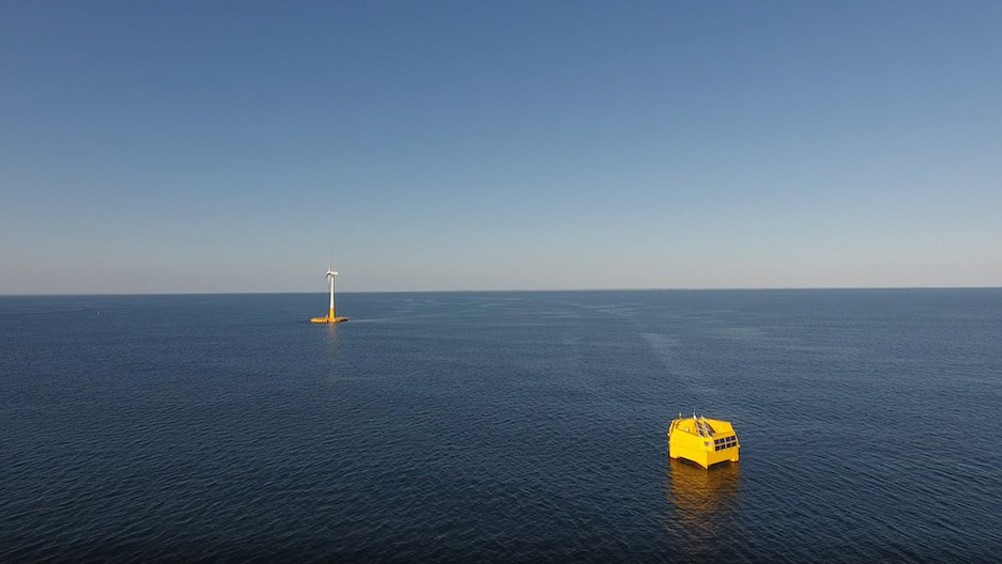Lhyfe launches offshore green hydrogen pilot site
Lhyfe has launched ‘Sealhyfe’, a world-first offshore renewable green hydrogen production demonstrator.

The global clean energy company started an 18-month wind powered pilot in Saint-Nazaire, France, last week. The launch comes after Lhyfe began its first UK operation in North East England to identify opportunities to deploy production facilities to support the country’s net zero ambitions.
Colin Brown, UK and Ireland country manager of Lhyfe, described the Sealhyfe platform as a major step towards unlocking the huge potential of offshore wind.
Sealhyfe will operate at quay then off the coast of Le Croisic, on the offshore testing site (SEM-REV) operated by French engineering school Centrale Nantes.
Lhyfe believes that offshore has a central role to play in bringing renewable green hydrogen production to mass market. Producing hydrogen using offshore wind turbines could allow all coastal countries to develop green solutions for regions, industry, transport and fuel distribution, the company said.
According to Lhyfe, it will produce the first kilograms of renewable green hydrogen at quay and then at sea, operating automatically in the most extreme conditions. The company has installed its production unit on a floating platform, connected to a floating wind turbine.
Register now to continue reading
Thanks for visiting The Engineer. You’ve now reached your monthly limit of news stories. Register for free to unlock unlimited access to all of our news coverage, as well as premium content including opinion, in-depth features and special reports.
Benefits of registering
-
In-depth insights and coverage of key emerging trends
-
Unrestricted access to special reports throughout the year
-
Daily technology news delivered straight to your inbox










Water Sector Talent Exodus Could Cripple The Sector
Maybe if things are essential for the running of a country and we want to pay a fair price we should be running these utilities on a not for profit...